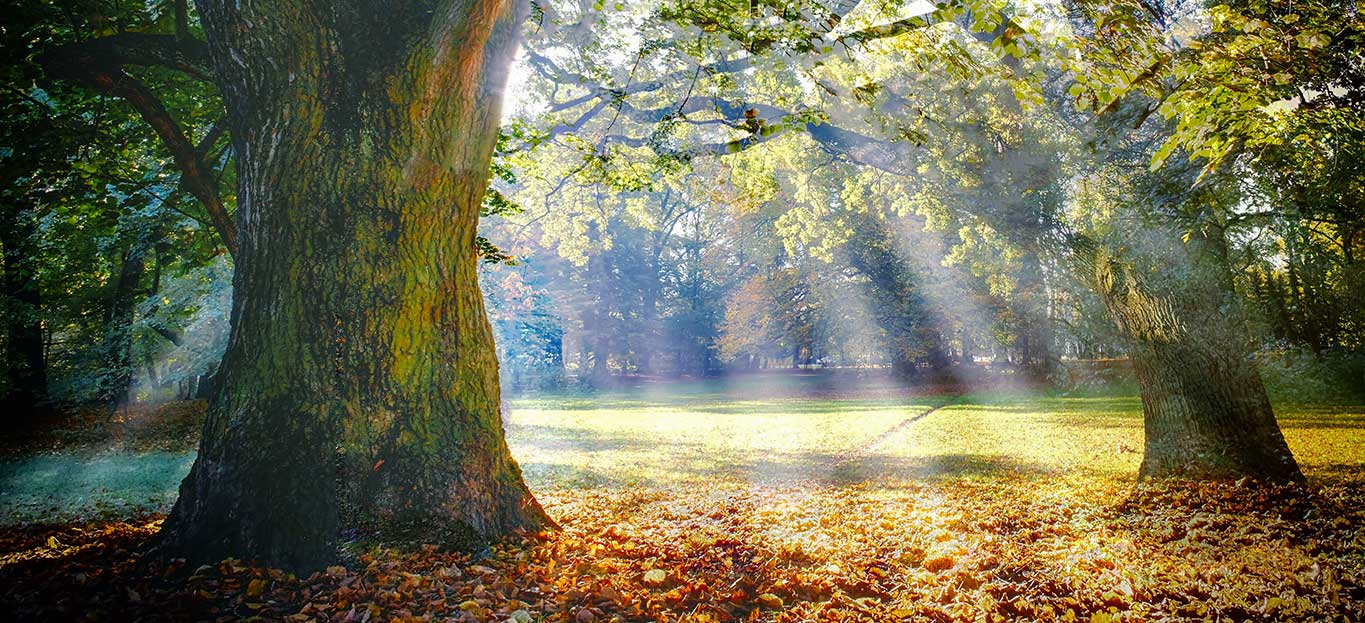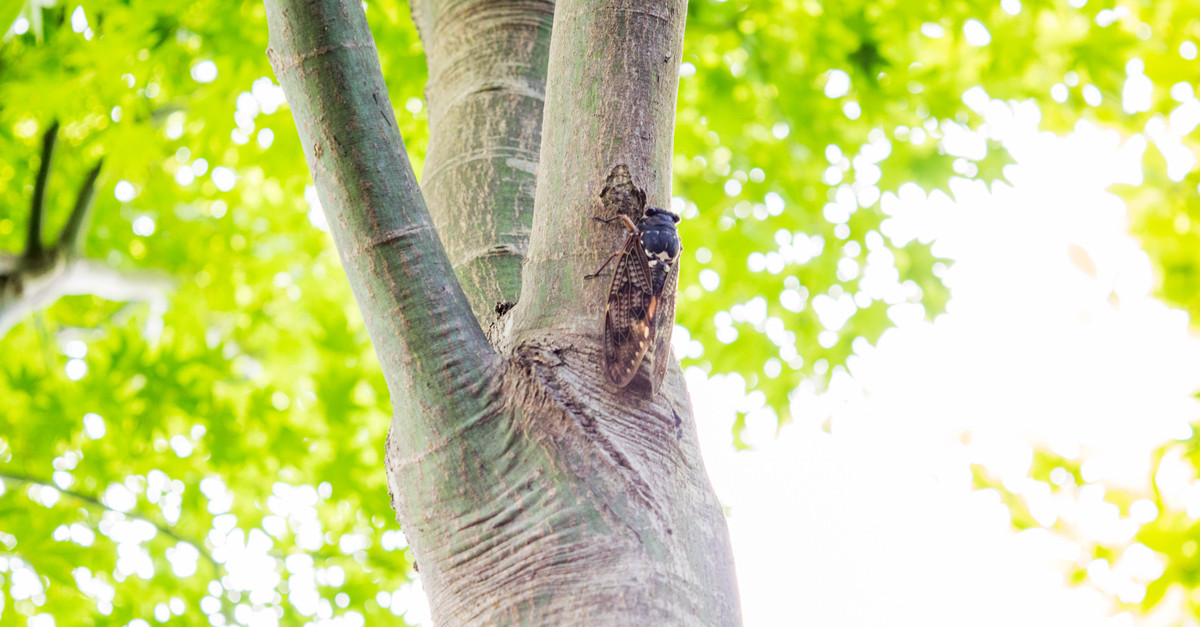Trees That Just Want to Have Sun: Best Summertime Tree Choices
So summer has rolled around, and you’re wondering whether it’s too late to put a few saplings in the ground. Good news: it isn’t. In fact, summer is a great time to plant trees because it gives them plenty of time to adapt to their new surroundings before winter hits. However, that doesn’t mean all tree needs are the same.
A Species Surprise
Most people assume that only very heat-tolerant species can be planted in the summer. But guess what? ‘Tisn’t so! Any tree can technically be planted in summer, which is good news if you want to grow a privacy hedge or install that statement tree during this planting season. However, needs do vary a bit between deciduous and evergreen trees.
Deciduous Versus Evergreen Plantin’ Time
Both deciduous and evergreen trees can be planted in summer, as well as spring. However, while deciduous trees can be planted in fall, you should confine your evergreen planting to summer, or the first month of fall at the latest. This is because they need considerably more time to adjust to soil temperatures than deciduous trees do.
Protecting Branchy Babes
When you do plant trees in summer, however, you have to be extra careful. They need a lot of water to get established and can burn easily, especially the smaller saplings. Make sure to plant trees at the correct depth to prevent damage to the trunk and ensure an adequate root system. Water them once a day for two weeks after planting, then once weekly after that for a year. Thereafter, you can water them thoroughly whenever the top 10 inches of soil become dry.
No matter what time of year you plant, you should ensure the safety and longevity of your trees by spacing them appropriately. This should be based on their space requirements when they are full-grown as opposed to when they are small.
Arboreal Assistance
Not sure how to get your trees in the ground with the best chance of a healthy outcome? No problem! If you need help, call Premier Tree Solutions. We’re a growing tree removal business based in Atlanta, Georgia, and specializing in a number of areas, including:
- Tree removal
- Tree trimming
- Tree pruning
- Storm cleanup
- Stump grinding
- Branch clearing
- Debris removal
… and more. Any time you need your trees cared for, we want to help you out. All you have to do is call 404-252-6448 or email us here to set up a consultation or service today.







